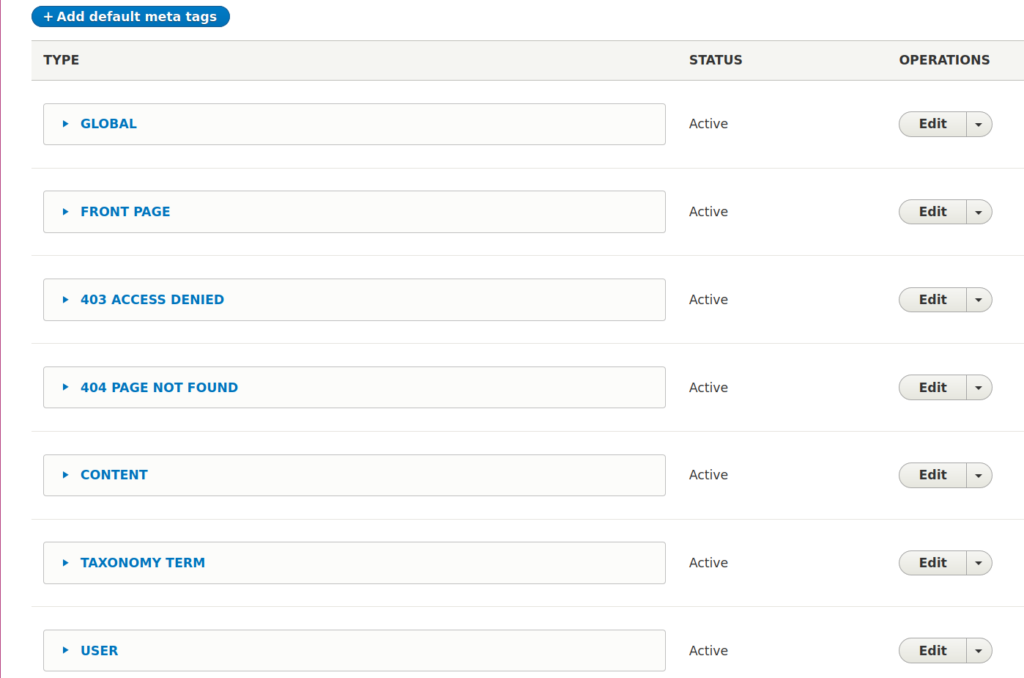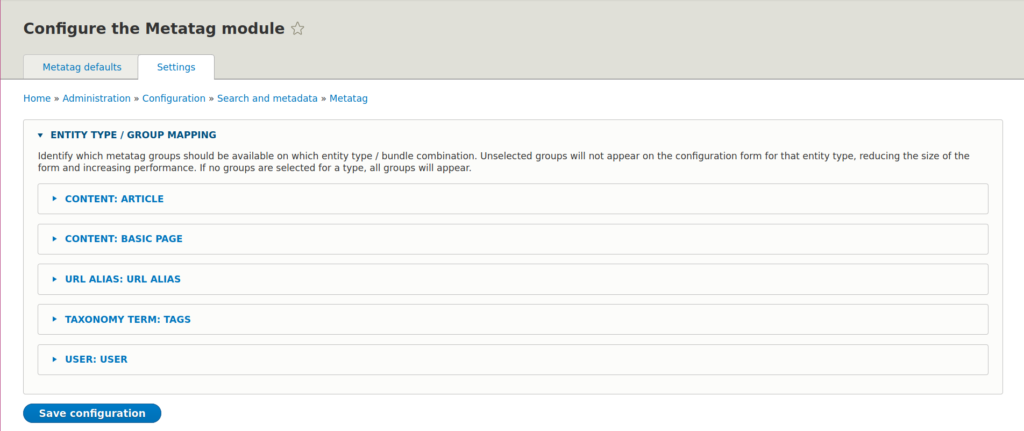Drupal Metatag provides many advanced features to negate the need for search engine optimization (SEO) modules that only add one or two features. This is great because Drupal SEO should always be a high priority for branding and marketing efforts. However, you don’t want to compromise website security and performance to reach more potential customers.
Your domain and site name settings are just the basics of SEO. To really boost your chances of getting more website views, you need to add advanced features including:
- Open Graph (OG) protocol for how link previews display in social media sites
- Robots.txt configuration to protect against spambots
- Dublin Core Metadata Initiative (DCMI)
- Verification codes from popular search engines including Baidu and Yandex
- A schema to stand out in search engine results
Read on to learn how to:
Ignite your online presence with cutting-edge Drupal Website Hosting. Elevate speed, security, and reliability for a seamless website experience.
Install the Metatag Drupal Module
This is the easiest way to install the Drupal metadata module.
- Log into Drupal.
- Install the Drupal module using the Metatag download link.
- Install the Token Drupal module, a dependency for many Metatag features.
- Click Enable newly added modules.
- Metatag adds over a dozen modules to your Extend list. Enable Token, Metatag, Metatag: Open Graph (OG), and any other Metatag options applicable to your website. That includes social media platforms you’re on and Favicons for custom smartphone images in different resolutions.
- At the bottom, select Install.

Configure Metatag Drupal Module
After enabling applicable Metatag features for your Drupal site, select Configuration > Search and metadata > Metatag from your navigation menu. You’ll see two tabs: Metatag defaults and Settings.
Drupal Metatag Defaults
This page will display a list of common page types: front page, 403 (forbidden), 404 (page not found), etc. Once you edit a page type, you’ll see all settings available per your enabled Metatag modules. Each text field has sufficient information and external links to understand its purpose.
To prevent having to update multiple fields whenever you make changes to your site, select Browse available tokens at the top for auto-fill options.

Once you’re done making changes, select Save at the bottom of the page.
Drupal Metatag Settings
The Entity type / Group Mapping section allows you to specify what Metatag groups show up for some type / bundle combinations (e.g. Content: Article). The options here mirror available options from the Metatag defaults button, Add default meta tags.

Learn more from our Drupal Educational Channel.
